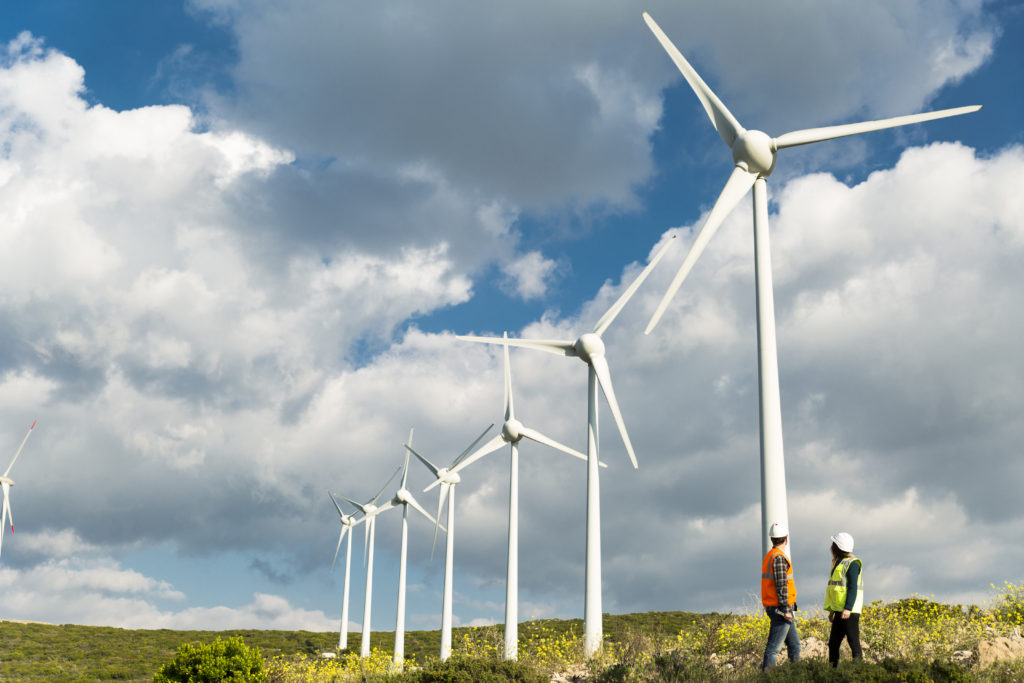News
Carbon Fiber and Related Composites See Continued Growth in Wind Energy

Renewable wind energy construction projects are being contracted and awarded across the globe, as both onshore and offshore wind development in the U.S. remain viable.
The most recent evidence of the U.S. offshore wind industry continuing to gain momentum is the state of New York contracting to effectively double its offshore wind power procurement. New York is also embracing the concept for the nation’s first offshore wind tower manufacturing facility in the state’s capital of Albany.
Wind energy: the largest market for glass fiber-reinforced composites
What does this mean for the composites industry? Wind energy has the potential to be the world’s largest market for glass fiber-reinforced composites. Increasing commitments to procure renewable wind energy will lead to the demand to increase manufacturing of wind turbines, and to do so more cost-effectively.
Composites play a part in the production of wind turbine blades by reducing cost while maintaining the integrity of blade strength to resist damage and ensure longevity under high-impact elements over the projected 30-year lifespan of a blade.
More applications for carbon fiber composites follow emerging technology
The Wind Energy industry is turning to composites production which allows for more cost-effective production of wind turbines, namely by using fiberglass reinforced composites as a viable alternative to traditional fiberglass materials.
Other reinforcements like Carbon fiber can help manufacturers achieve less weight in finished parts and pave the way for larger, higher-performing blades that can generate more energy when less input is available. Carbon fiber can also help to ensure the predicted 30-year lifespan of a wind turbine blade with its high-strength and fatigue-resistant properties by creating a blade with both a suction side and blade pressure side that can withstand their own sets of external loading, gravitational forces, and wind pressure. Glass fiber composites are also used to produce wind turbine nacelles that are stronger, lighter and corrosion-resistant.
The sheer size of wind turbine blades is impressive – they are currently one of the world’s largest single-piece composite structures. As they are produced even larger in size, manufacturers have found ways to maximize the use of carbon fiber by incorporating it into spar caps of the wind turbine rotor blades to further increase the stiffness of the blade.
Composite materials are expected to continue to play a large role in wind energy technology development with the ability to produce components that are stronger, economically sound, and more reliable to perform over the expected 30-year lifespan.
Learn more about the solutions that Composites One provides to the wind energy and power generation industries.

